Every month when the newest copy of Sugar magazine arrived, my homework was put on pause, hours of uninterrupted study reallocated to a different kind of reading material. I’d sit knees up on my bedroom floor, my back to the bed and the door and the world. There was a process of dissection - first I’d go in for the perfume samples, then skim through the “articles” to find the best bits, finally going back to the beginning to read the whole thing cover to cover - every painstaking detail, squinting at the fine print in the tiny ads at the back.
It was my gateway to adolescence, a guide as to which platform shoes to covet (Red or Dead denim wedges), how to achieve the glossiest pout (Mac’s glue-like Lipglass),what qualities I would need to be J from Five’s girlfriend (become Sporty Spice). It’s how I learned about Toxic Shock Syndrome and what it would be like to live in a cult - and it reassured me that none of my own issues were really that bad compared with what was written in the problem pages (“I got pregnant to keep him!”).
Soon I graduated to more “grown-up” material, pretty much anything lying around that I could get my hands on, my fascination only growing. Like people who will watch static if its on TV I would read anything in magazine format (perhaps a note for textbook manufacturers?). I’d tear out things I deemed worth saving, amassing a collage of photographs and articles, piecing together a portfolio of an aspirational life.
Though I could spend hours alone thumbing through glossy pages it wasn’t an entirely solitary experience. Magazines were a vital part of the group holiday budget - a stash piled in and among the bags of sweets and suntan lotion. They’d be passed around in an almost constant rotation, getting increasingly battered by the elements as the week went on. Highbrow literature was cast aside and we’d chat idly as we flicked through, a shared point of reference for conversation.
I later grew self conscious of my obsession - superficially pitted against the more scholarly aesthetic of “girl with book”. But listen I read novels too - just after I was done examining pictures of Gisele.
And it’s not like they’re all full of vacuous, inconsequential fluff. Think of the number of pivotal moments so succinctly and impactfully captured by a whole range of periodicals - Steve McCurry’s Afghan Girl, Ellen Degeneres coming out as gay, that picture of John Lennon and Yoko Ono for Rolling Stone. Muhammad Ali’s Esquire cover, a bearded woman in Vogue, Harry Styles in a dress. Not much can compare to the heavy graphic of the Twin Towers on the New Yorker cover after 9/11.
So I’ve reclaimed my fondness for the humble magazine, both as a creature comfort as well as for its cultural contribution - the pictures as well as the 1000 words. Many have not survived, but my love and appreciation endures.
“The Face Magazine: Culture Shift”
Wandering around “The Face Magazine, Culture Shift” exhibition at the National Portrait Gallery was nostalgia heaven, every wall covered in radical editorial buzzing with the bold, reckless energy of the 80s and 90s. I was slightly too young and too geeky to really appreciate the magazine at its pre-millenium prime (and I knew it, perpetually wishing to be five years older). But I remember the photos and in fact was amazed by just how many iconic images were borne from its pages.
After years spent transforming music rags Smash Hits and NME, editor and publisher Nick Logan came up with the idea to create a more general interest zine, one that would incorporate a wider range of culture. With a focus on “good journalism and great photography” - emphasis on the latter - it was aimed at a youth audience which he felt was under represented. Launching a year into Thatcher’s Britain, The Face was anti-establishment and anti-commercial, coming about at a moment of wild creativity in the UK where a hedonistic club scene raged, punk evolved into BritPop and street style began influencing high fashion.
‘The Face existed in a time when magazines could be truly independent - it’s a pure document of an incredible era of youth, music and fashion.’ - Cathy Kasterine, stylist
Though a feature in one of the more established glossies was still a benchmark for having “made it”, even a small byline in The Face gave you the added signifier of cool. For over two decades it had the ability to not only reflect a current mood or movement but to also propel it forward. It’s influence served as a launchpad for many creatives - those visible within its pages as well as those behind the scenes - photographers, journalists, models and stylists. The July 1990 issue of Kate Moss photographed by Corinne Day was revelatory in it’s embrace of imperfection, putting both of them on the map.
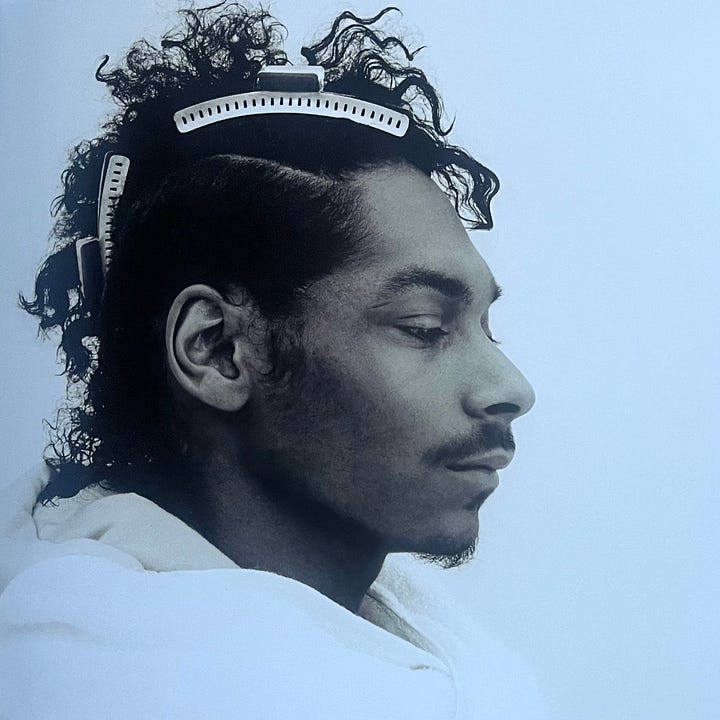
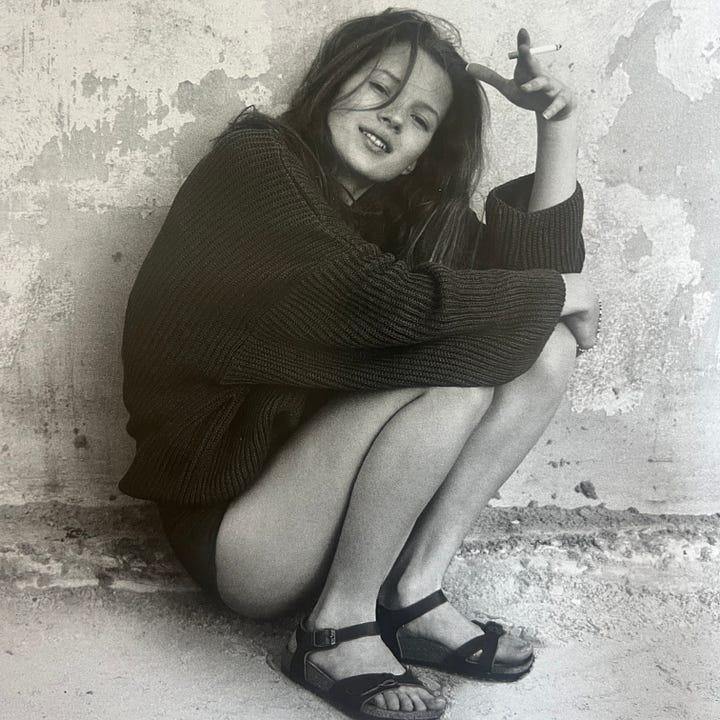
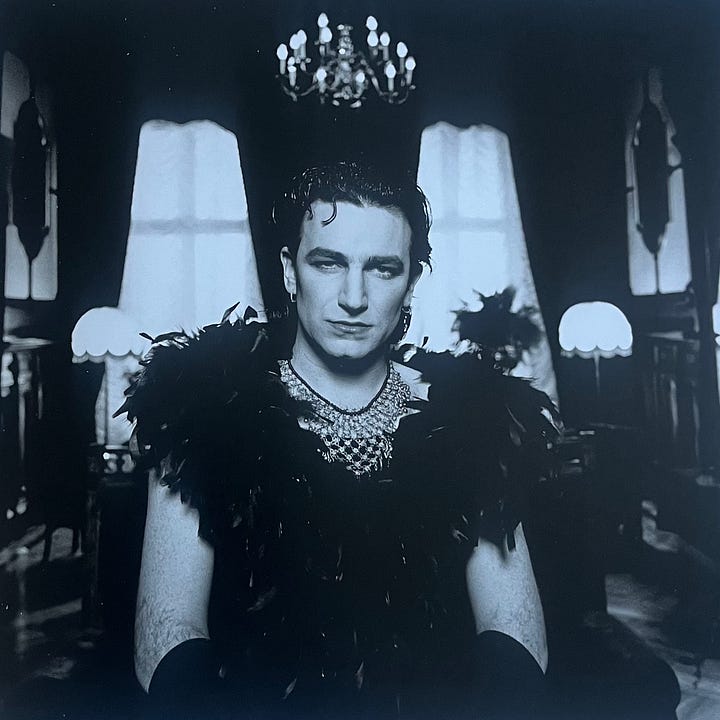
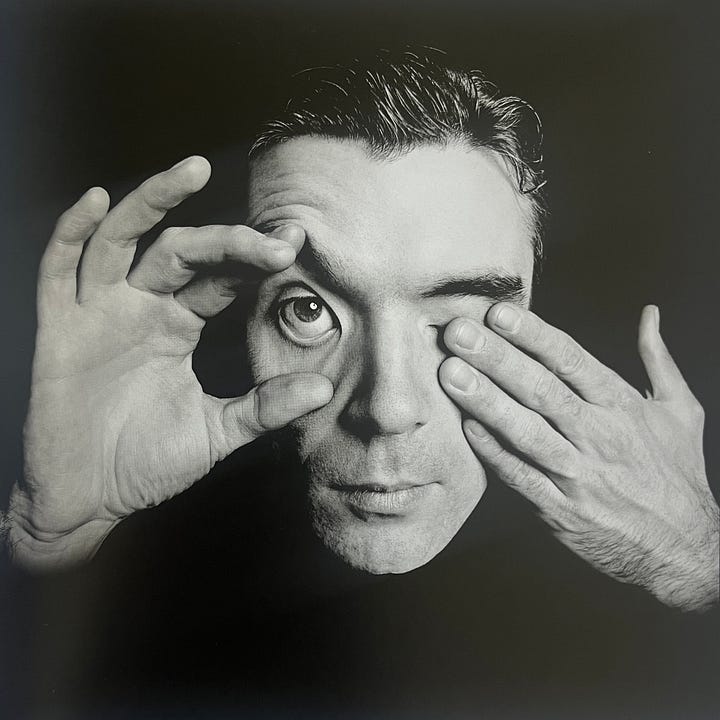
The Face ran until 2004, shuttering due to dwindling circulation (reemerging online in 2019 but to much less fanfare). This period marked the beginning of a decline, with significantly lower sales across the UK industry the following year.
The formidable editor Tina Brown has often referenced the heyday of print media and its subsequent demise, convinced it’s an impossible medium to resurrect, especially given the current perilous state of journalism. She herself claims to no longer read the paper version of anything, having pivoted to a substack newsletter,“Fresh Hell” (where I still very much enjoy her undiluted POV).
Her Vanity Fair successor Graydon Carter revisits the golden age in his newly released memoir, “When The Going Was Good”, an era when magazines were revered as both glamorous and important. High times on high salaries - I remember a freelance journalist who came to lecture at school divulging how much VF paid her per word, an unfathomable sum nowadays. Carter’s reminiscing is hugely entertaining, recounting breaking news stories - revealing the identity of Deep Throat for one - while also hosting the hottest Oscar party in Hollywood. He writes with self deprecation and comes across as very likable - Canadians for you.
However his current venture, AirMail seems stuck in a bygone era. Though the weekly online newsletter may be in a modern format there doesn’t seem to have been an attempt to move with the times beyond that. It’s a well packaged product but with an old fashioned tone and an exasperatingly narrow rotation of “guest edits” recommending the same expensive loose leaf tea and $1000 suitcases ad nauseum.
The bubble burst was inevitable with the digital age rolling into a recession but things would have shifted in many ways due to natural cultural progression - no bad thing. Both the content and staff at more cutting edge publications looks different now and while stats are still not where they should be, a significant number of major names are helmed by women of racial minorities - British Vogue, Vanity Fair, Harper’s Bazaar, Elle UK, Allure, The Cut,T Magazine to name a few.
Unlimited expense accounts may be a thing of the past but editors still have the power to inspire, to start a dialogue, to create change. Look at what Edward Enninful managed to do in just six years at British Vogue - it usurped its much larger American counterpart’s status as the cover to be on, making magazines feel fresh and exciting again. A well of creativity still exists even if the budgets don’t.
Perhaps rather than being completely dead things are just different. Certainly there are fewer magazines in distribution but I’m continuously surprised and delighted at the number of new offerings that crop up and the old ones that seem to regenerate - last week I-D released its first new edition since 2009, having been revived under new owner Karlie Kloss at Bedford Media.
I’ve also found that quite often if an online outlet reaches a certain level of success it will venture into print - the physical entity seeming to act as proof of its legitimacy. They are generally published with less frequency - bi-monthly or bi-annually and in larger volumes. Yes they might be more expensive but the product is the result of a hell of a lot of thoughtful curation and editing in a way that online isn’t.
Genre specific editorial has returned with Jefferson Hack, founder of Dazed Media writing in a love letter to print that “Niche is the new currency”. There are a wealth of really wonderful publications on seemingly any topic you could want - Pamplemousse for beautiful film photography, Design Anthology for well, design. Interiors focused Apartamento magazine shows you how people live, not just the empty shell. Amsterdam founded Fantastic Man and The Gentlewoman are the go to for style, featuring an assortment “real people” along with celebrities. David McKendrick’s PaperBoy is dedicated to promoting only good news, creating a space for a wide range of creatives of all levels of accomplishment to showcase their work. There’s a flavour for everyone.
I really believe print magazines still have a relevant place in our media consumption, existing alongside the undeniably convenient but ever overwhelming digital landscape. In fact they might be perfectly suited to the moment, allowing our frazzled brains and short attention spans to engage with appealing visuals and writing that is well crafted - (but not too long?). Away from the black hole of the internet which is mired in unchecked truths, “urgent” clickbait and infinite options, magazines offer a selection of information deemed interesting and valuable enough to cement in hard copy. There’s a relief in sitting with limited choice. And while algorithms feed you multiple versions of the same thing, a magazine may show you something you didn’t know to look for.
Some great magazine shops with extensive selections:
Casa Magazine - it’s under new ownership as of last year but Ali is still behind the register
New York, 22 8th Avenue
London, 270 St John Street
Paris, Rue du Chateau d’Eau
Stockholm, Krukmakargatan 24-26
Athenaeum Boekhandel - a wide selection of books and indie mags
Amsterdam, Spui 14-16, 1012 XA




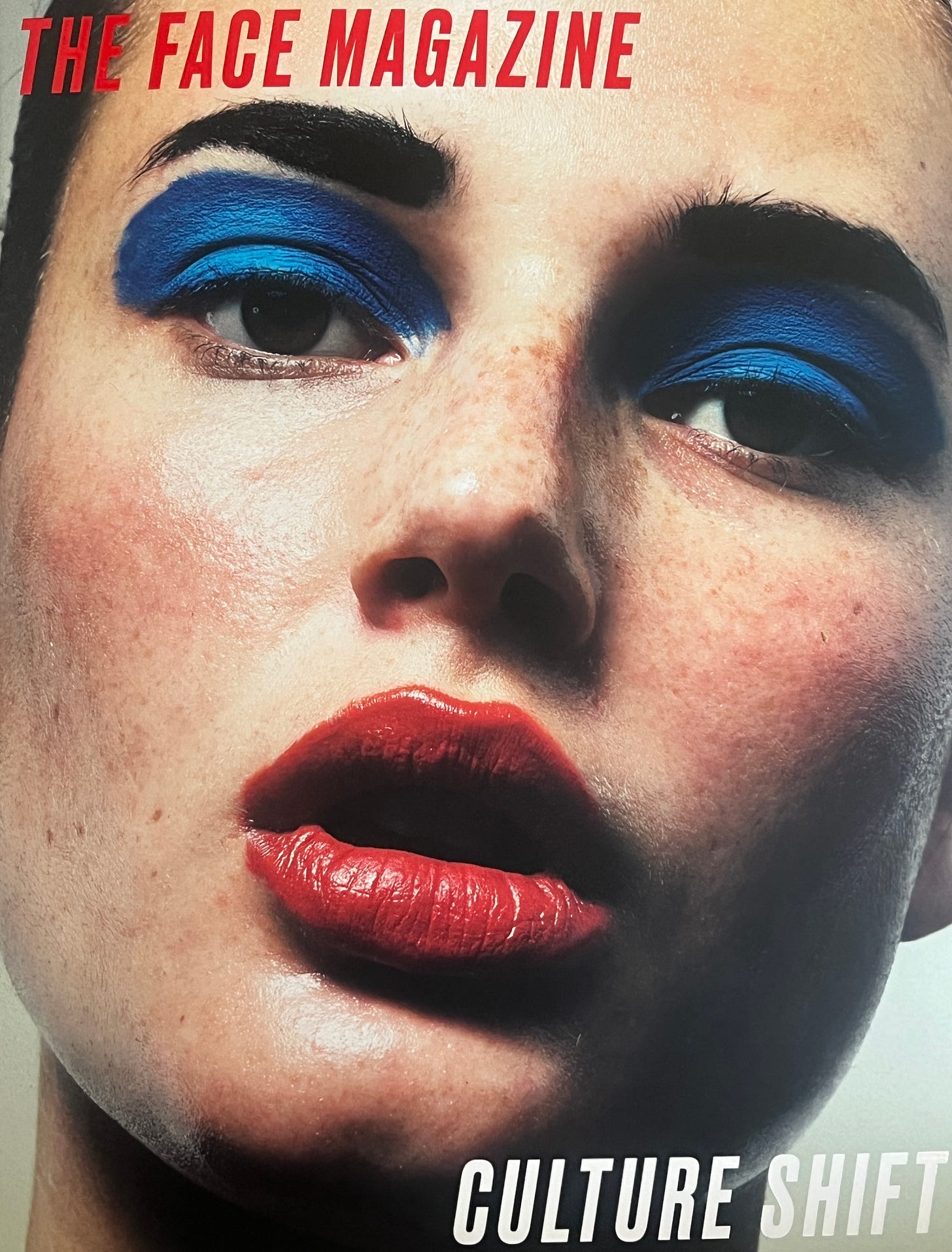
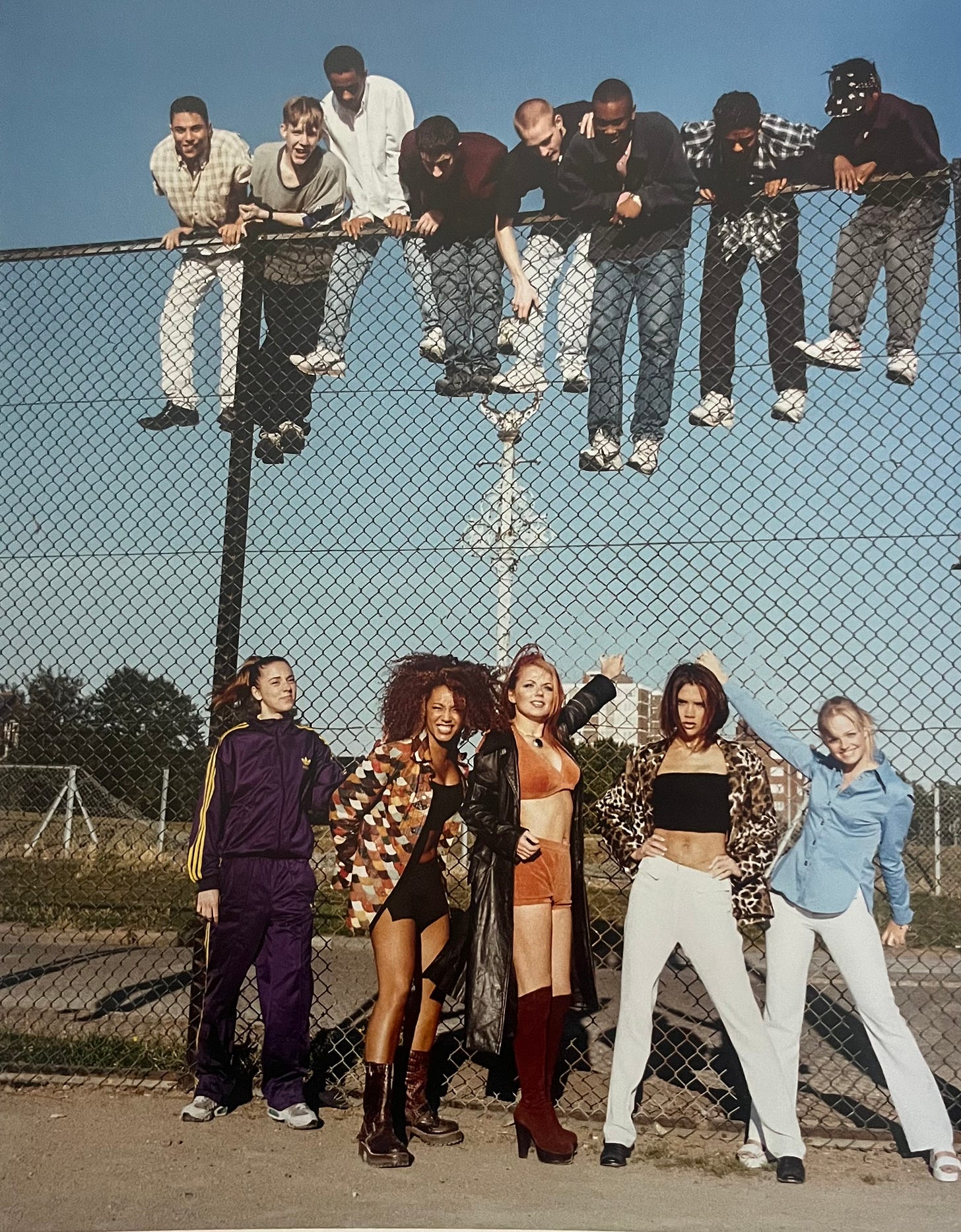
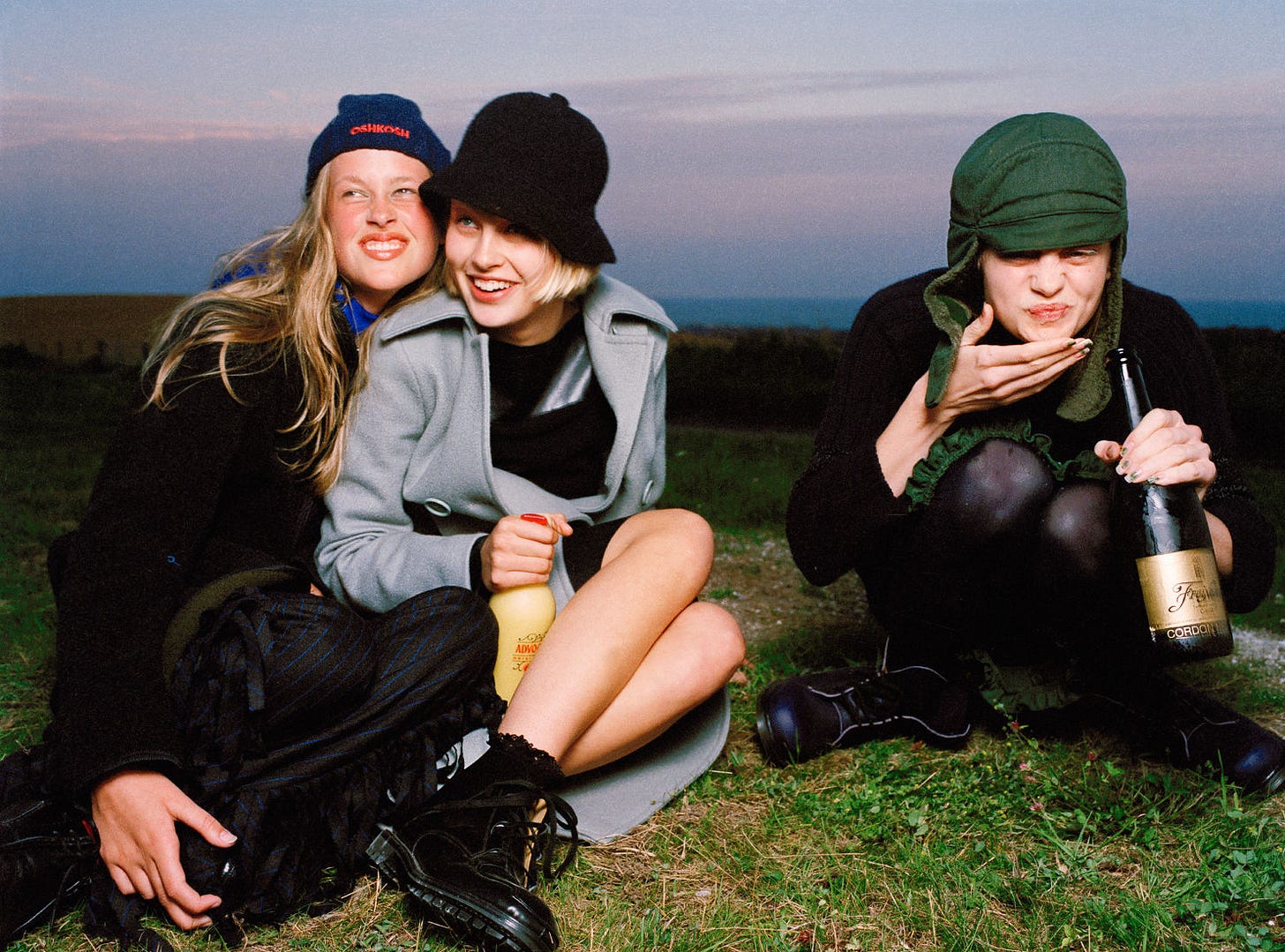




My favorite yet